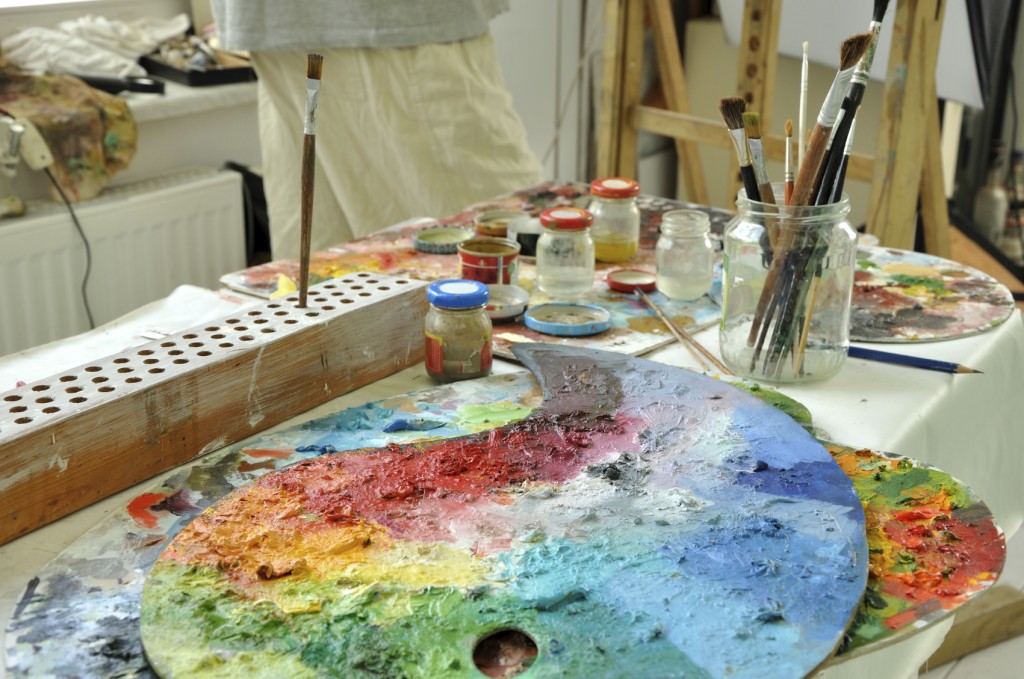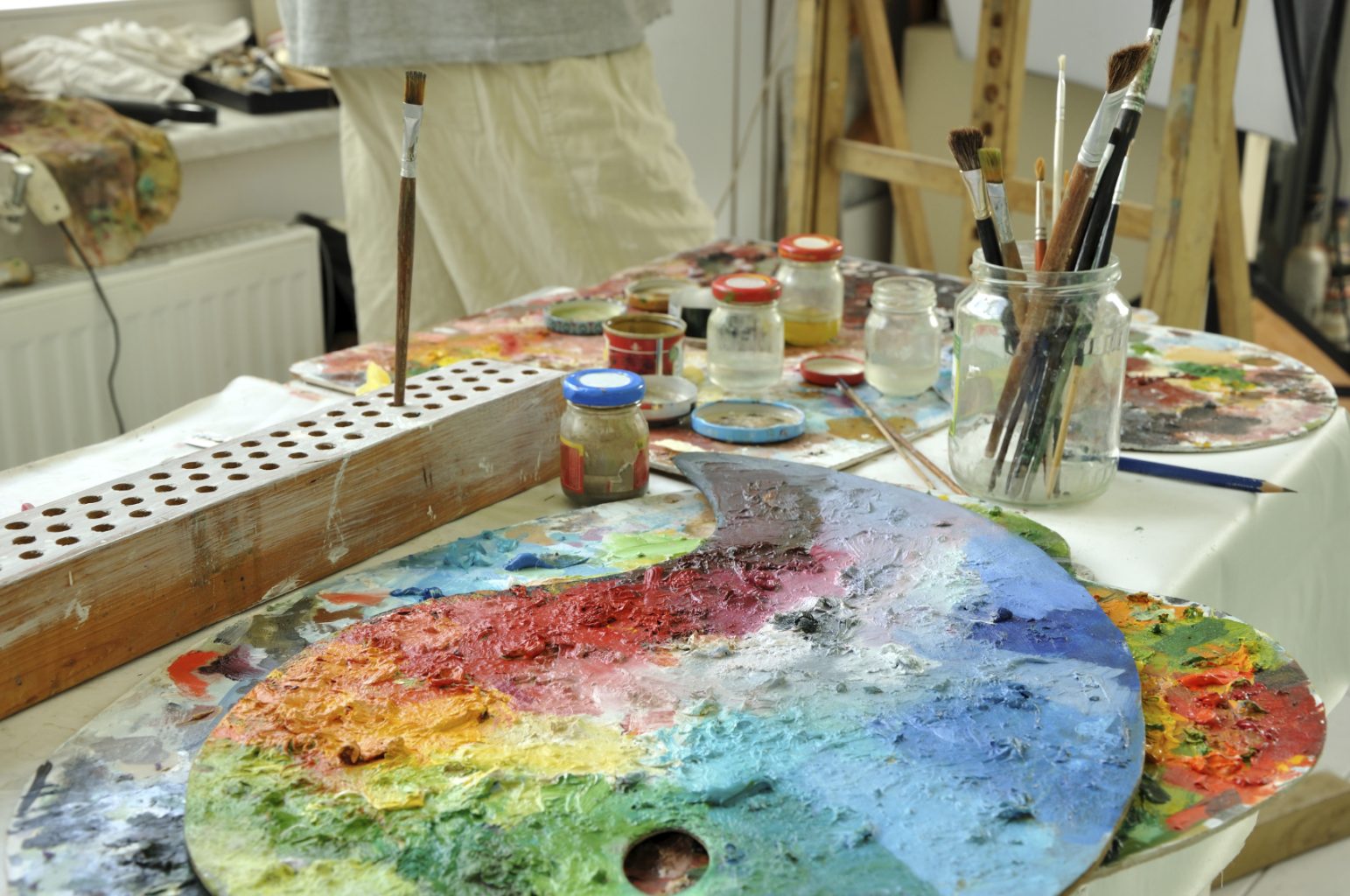These days, students from anywhere can attend art classes together — online.
By Melinda Cootsona
 I live in California, and I’ve been teaching art for about two years now. My co-teacher, Pauline Agnew, lives in Ireland. We meet periodically online to offer art instruction, and our students congregate from all corners of the earth — England, Australia, China, India and Egypt, to name a few. I have witnessed the online formation of friendships, the dissolution of blocks of artists, and the delight of students when their confidence blooms after discovering a new technique, color or concept.
I live in California, and I’ve been teaching art for about two years now. My co-teacher, Pauline Agnew, lives in Ireland. We meet periodically online to offer art instruction, and our students congregate from all corners of the earth — England, Australia, China, India and Egypt, to name a few. I have witnessed the online formation of friendships, the dissolution of blocks of artists, and the delight of students when their confidence blooms after discovering a new technique, color or concept.
Artists from all backgrounds and experience levels are taking and teaching e-courses. From intuitive and abstract painting to technical drawing and more traditional painting instruction, the online art world is open to everyone. All you need is a computer, an Internet connection and, like everything else in art, dedication.
For teachers, developing an online curriculum requires time, as it would for a traditional class, but the results can be well worth the effort. Some instructors use videos as their only source of instruction, and some simply sell the videos or MP4 downloads and offer a few critiques. Others may offer more student-teacher interaction using multiple teaching resources in addition to videos.
Pauline and I use private Facebook groups as virtual meeting places for our students to interact and to share artwork, ideas and questions. Only participants and teachers have access to this supportive group. To kick off the class, we ask students to post photos of where they live, which immediately gets everyone involved and excited. It also creates an immediate camaraderie that sets the stage for a supportive classroom atmosphere. Time zones become irrelevant as artists participating all over the world post comments and complete assignments at their own time and convenience.
We also use a fantastic, interactive website, VoiceThread (voicethread.com). This great tool for educators provides a simple alternative to video. Using this website, students can hear my recorded comments and watch as I draw marks on their work to illustrate corrections or improvements. Students can also draw and comment on VoiceThread on their own time and schedule. It allows you to use various art techniques and exercises using PowerPoint or Keynote, which you can upload to VoiceThread instead of or in addition to video. VoiceThread and similar tools make it easy to interact individually with students.
A WordPress website appears to be the choice of many online instructors. It offers the most flexible platform to allow you to make daily posts of class material. These posts can include VoiceThreads and links to YouTube or Vimeo and assignments. Plug-ins such as Membersonic keep the information secure and separate from your public pages.
The artistic growth in these classes has been amazing. People who had been too frightened to participate in a typical group or class setting have discovered a safe way to create on their own time and in their own homes or studios, perhaps even in their pajamas.
Want to Teach?
Teachingartonline.com
An online course to help aspiring art teachers develop tutorials, teaching methods and curricula.
Do-teach.com
A six-week e-course to lead prospective teachers through the development of a creative e-course, workshop or in-person course.
Want to Learn?
Seedbedstudio.net
Artist Pauline Agnew offers a four-week course instruction via video and multimedia presentations and interaction through private Facebook groups.
Tucsonartacademyonline.com
Four-week classes by various instructors offering prerecorded video courses with personal video feedback on the students’ works.
Braveintuitiveyou.com
Artist Flora Bowley offers multi-week courses with access to professionally shot videos and posts on a private Facebook page.Designated painting days each week are flexible but keep students moving at the same pace.


